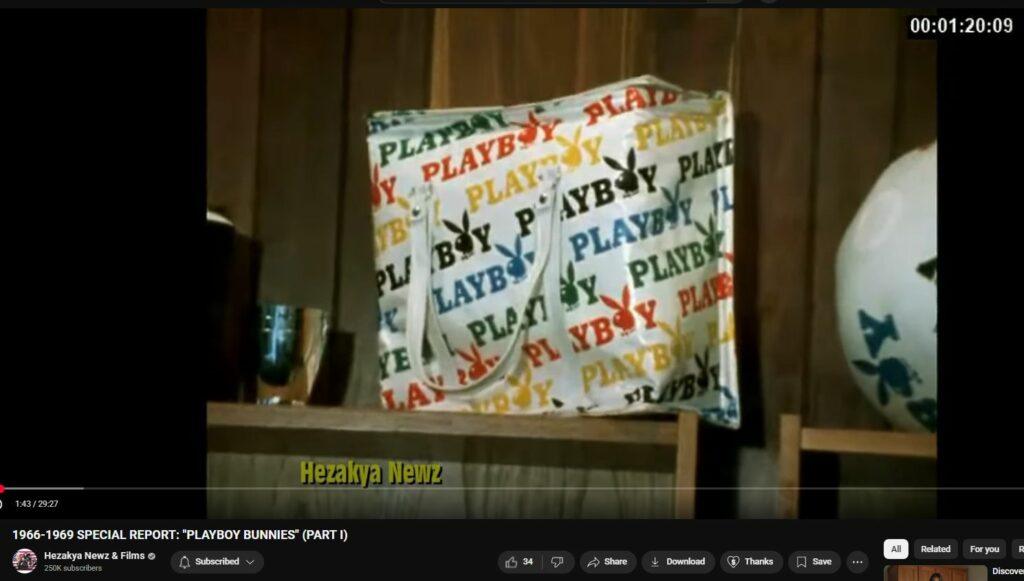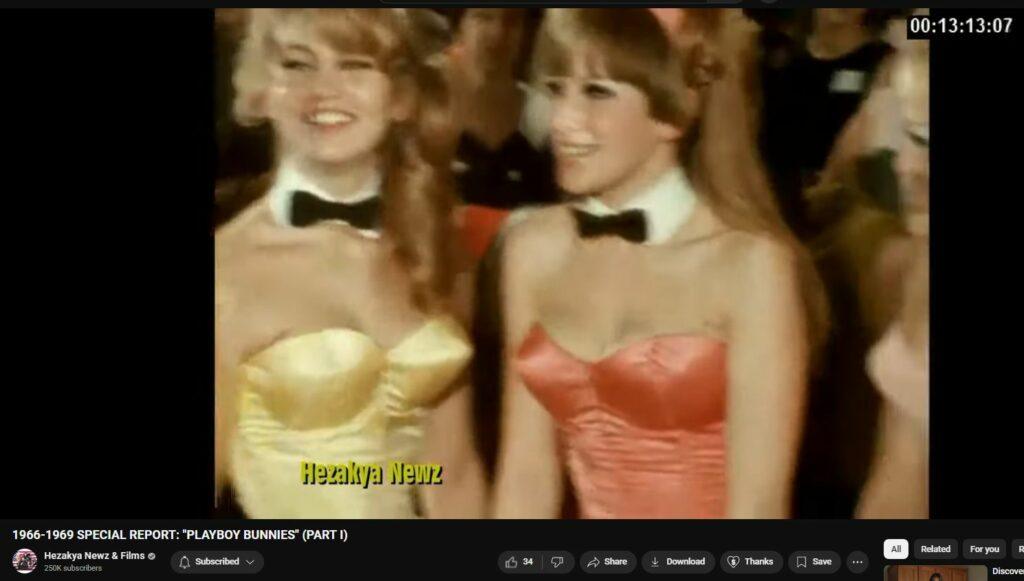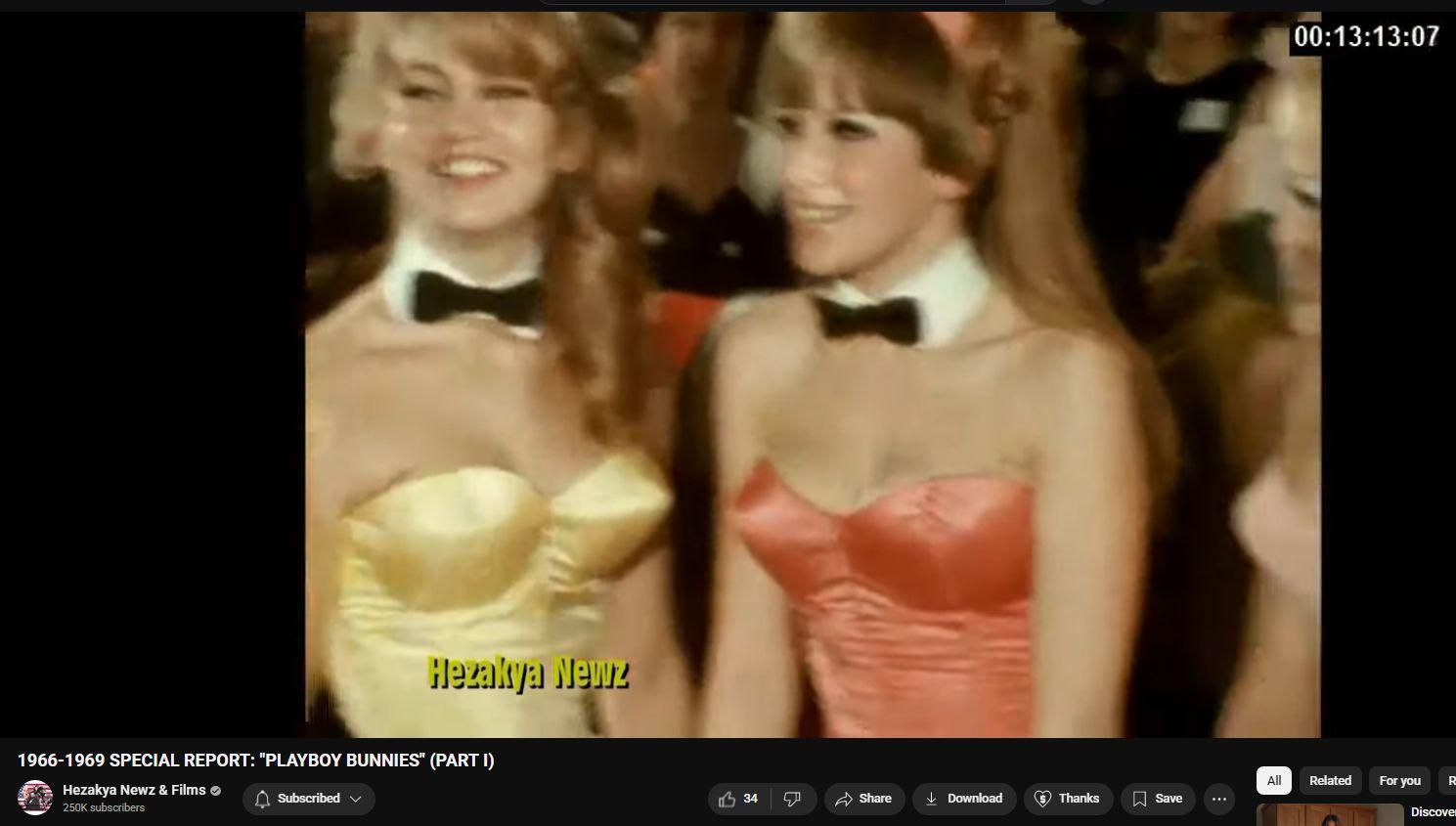Science of Hips, Strut, Gate, Walk, Wiggle


In the 1960s, Playboy Bunnies were iconic figures associated with Hugh Hefner’s Playboy brand, particularly the Playboy Clubs, which first opened in Chicago in 1960. These women worked as waitresses, dressed in the distinctive Bunny costume: a strapless satin bodysuit, bow tie, cuffs, high heels, and a fluffy cotton tail, with bunny ears on a headband. The costume, designed by Zelda Wynn Valdes, was both glamorous and provocative, embodying the era’s blend of sophistication and sexual liberation. Bunnies were selected for their beauty, charm, and poise, undergoing rigorous training to master the “Bunny Dip,” a graceful serving technique that preserved modesty while leaning forward. They worked at upscale Playboy Clubs, serving high-profile clientele in a luxurious, nightlife setting. The role was highly competitive; for example, a 1963 Chicago Tribune article noted 1,200 applicants for just 125 Bunny positions at the Chicago club. The 1960s Bunnies symbolized a cultural shift, reflecting the sexual revolution and changing gender norms. Some viewed the role as empowering, offering financial independence and glamour—Bunnies earned good wages and tips, often more than typical office jobs for women at the time. Others, including feminists like Gloria Steinem, who went undercover as a Bunny in 1963 for her exposé “A Bunny’s Tale,” criticized the objectification and strict rules, such as weight monitoring and mandatory gynecological exams. Notable 1960s Bunnies included Lauren Hutton, who worked at the New York club before becoming a supermodel, and Cynthia Maddox, a frequent Playboy cover model. The decade saw the brand’s peak, with clubs opening in cities like New York, Los Angeles, and London, and the Bunny becoming a pop culture icon in films, TV, and media. The web highlights varied perspectives: some sources romanticize the era’s glamour, while others, like posts found on X, debate the Bunnies’ legacy, with users calling them everything from “empowered” to “exploited.” Primary sources, like Steinem’s article and Hefner’s own statements, show the tension between the brand’s marketed fantasy and the realities of the job.
